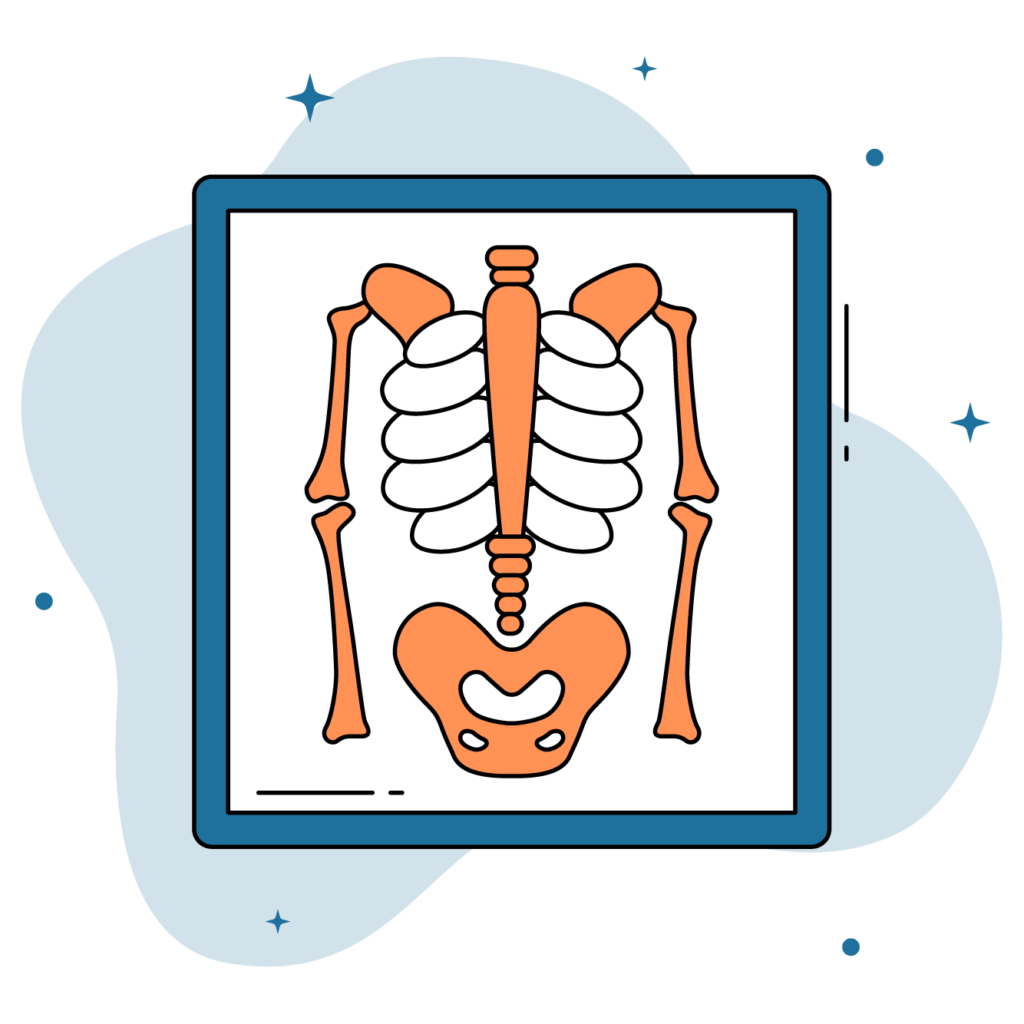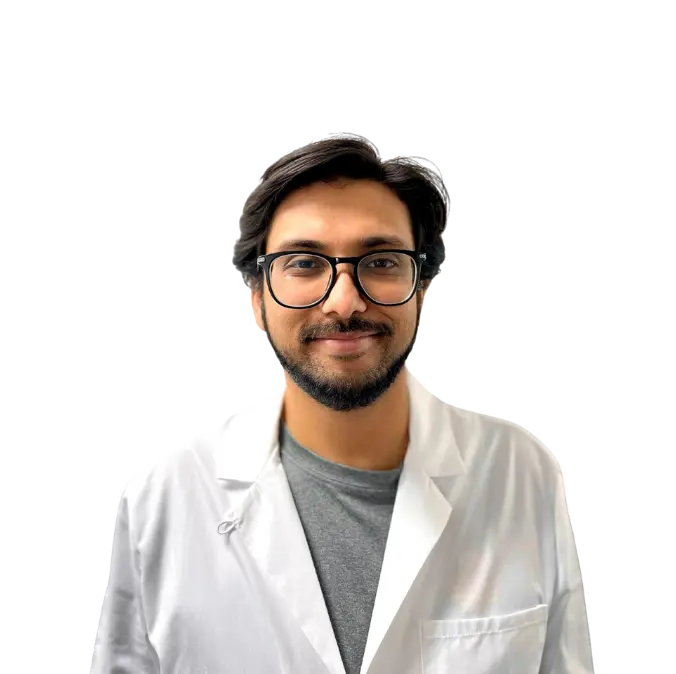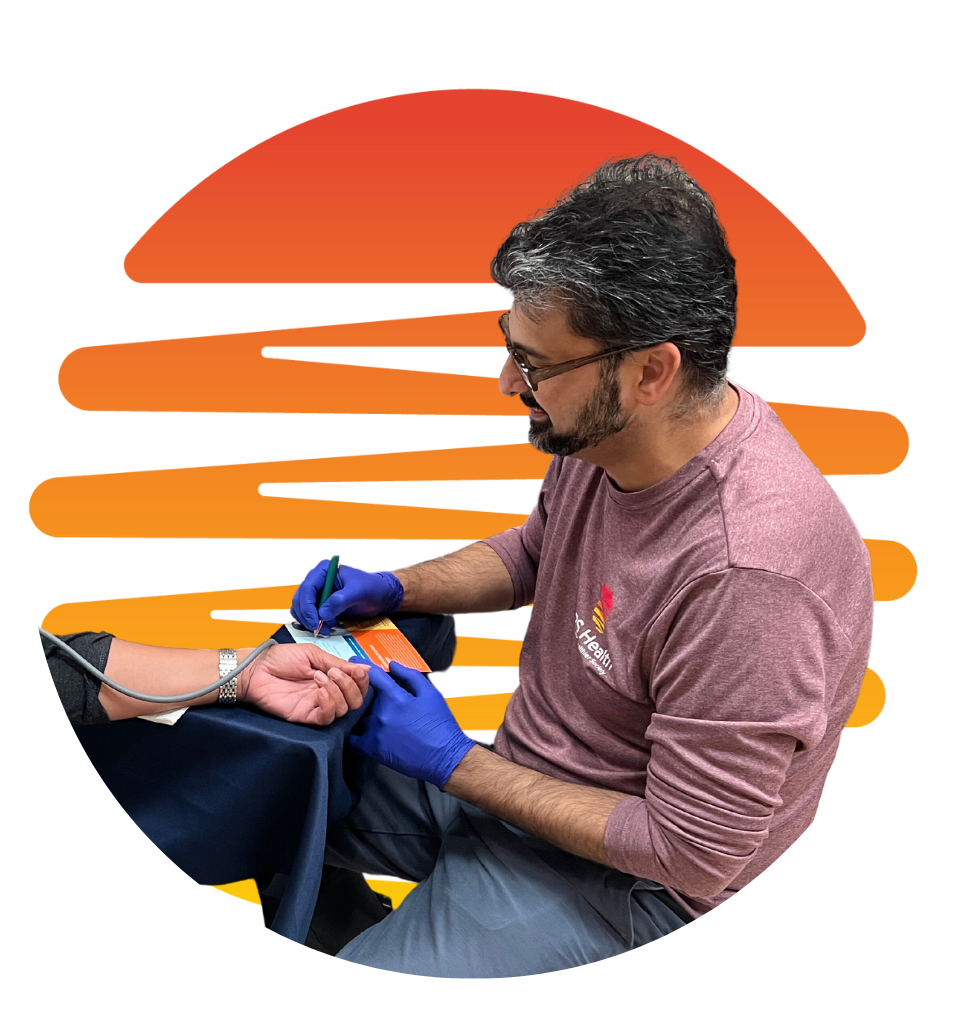
We offer in-house ultrasound, fibroscan, and echocardiogram imaging services at the most affordable rates. These services allow us to see what’s going on inside the body, diagnose diseases and monitor the progress of various therapies to support treatment planning.
For all other imaging services including MRI, we are able to refer patients to partner facilities where we have negotiated preferred cash pricing for patients without insurance.
Have questions about our services? Please contact us.
Medical ultrasound is a diagnostic imaging technique. It is used to create an image of internal body structures such as tendons, muscles, joints, blood vessels, & internal organs.
FibroScan is a special ultrasound technology that measures liver stiffness (hardness) and fatty changes in your liver. These measurements help your healthcare provider learn more about your liver disease.
An echocardiogram (echo) is a test that diagnoses and manages heart disease. An echo uses ultrasound to create pictures of your heart’s valves and chambers.
Have questions about our services? Please contact us.
Over +500 5-star reviews from Houstonians like you.


Health care should not cost an arm and a leg! We prioritize patients over profits so that everyone can get the care they need, regardless of insurance status.


Say goodbye to crowded waiting rooms and lack of appointment availability. We offer lab tests and imaging in house, even have a pharmacy on site. And we’re open Saturdays!
We’ve got answers.
RESOURCES
© 2024 TRS Health. All Rights Reserved.

Have questions about TRS Health? We're here to help.
© Copyright 2023 • TRS Health • All Rights Reserved